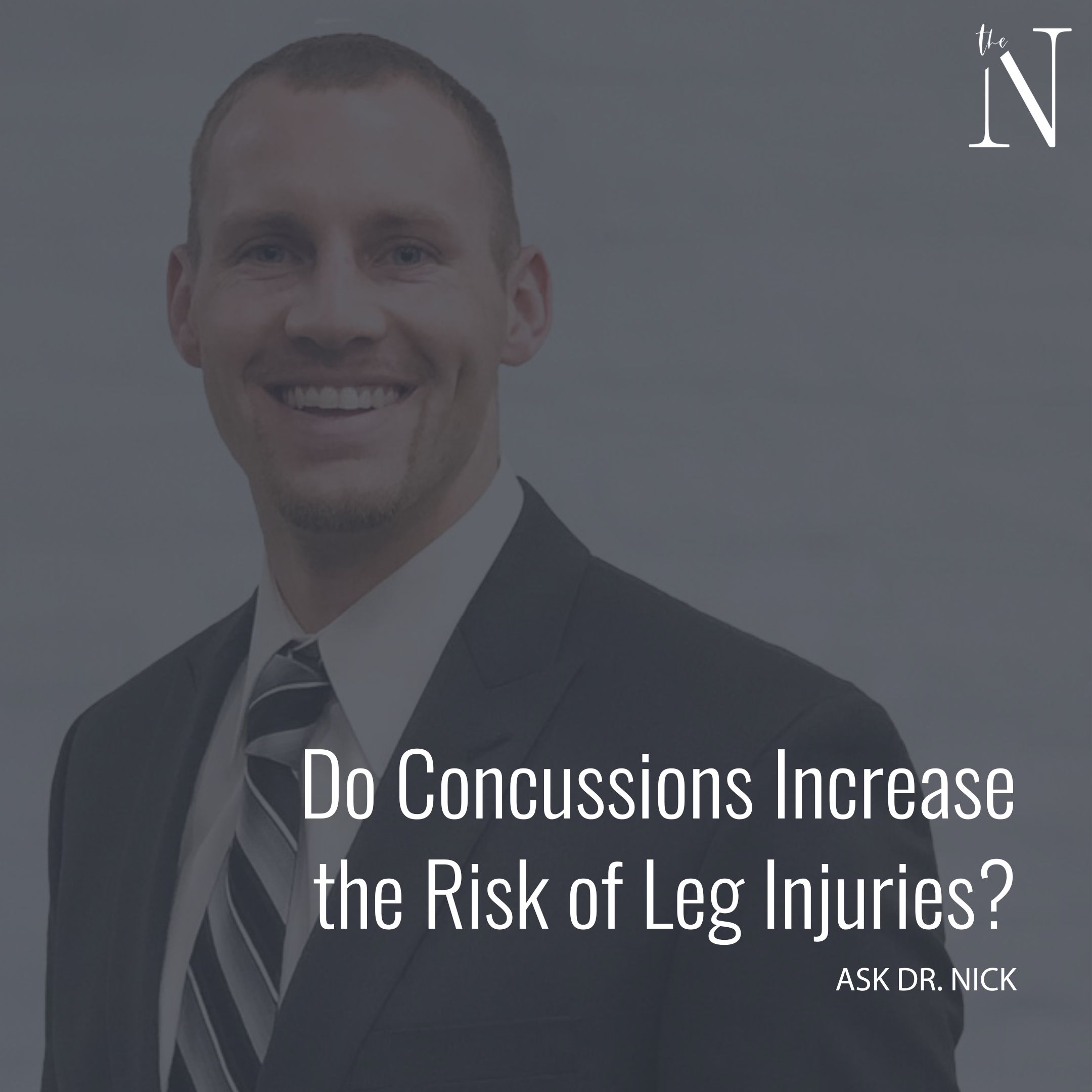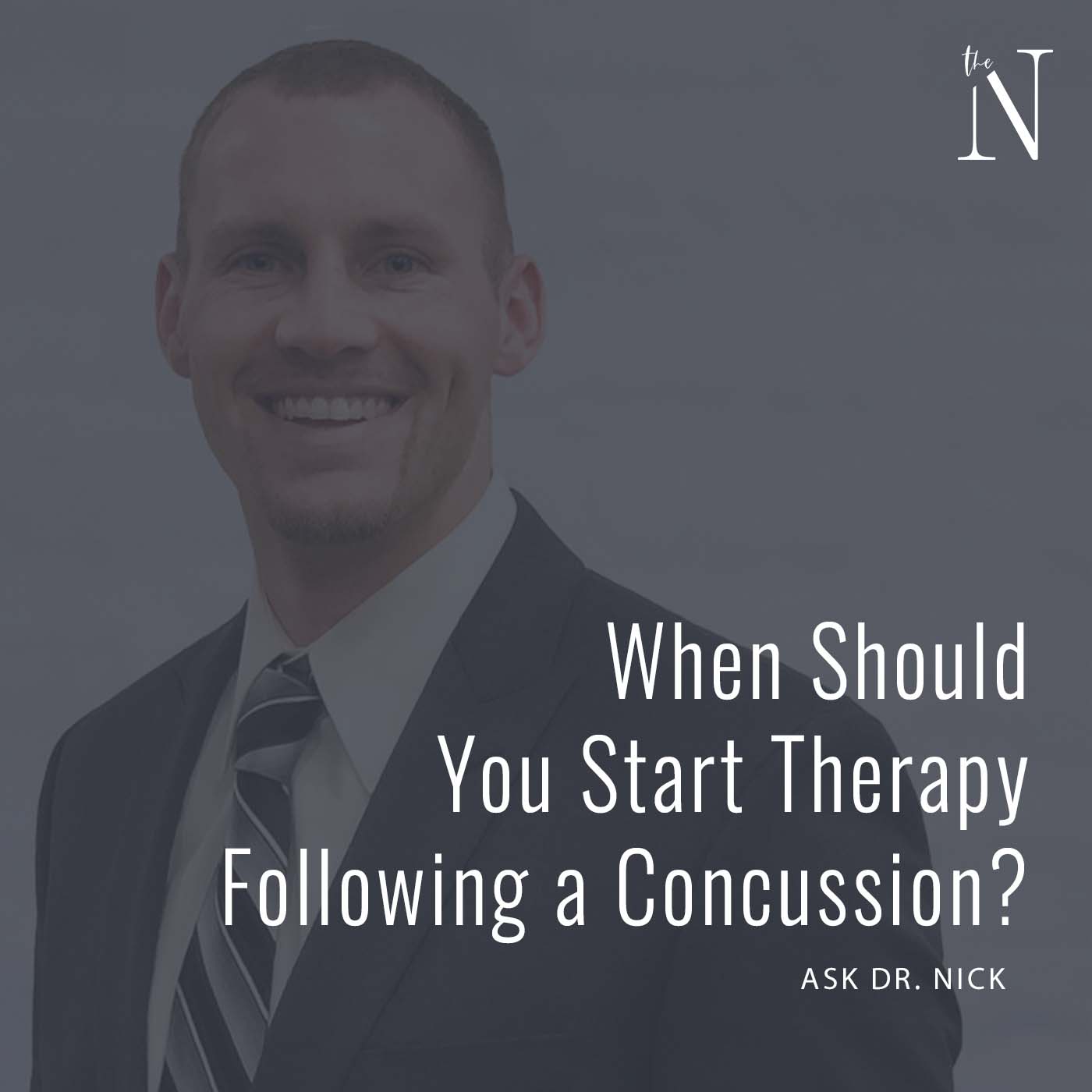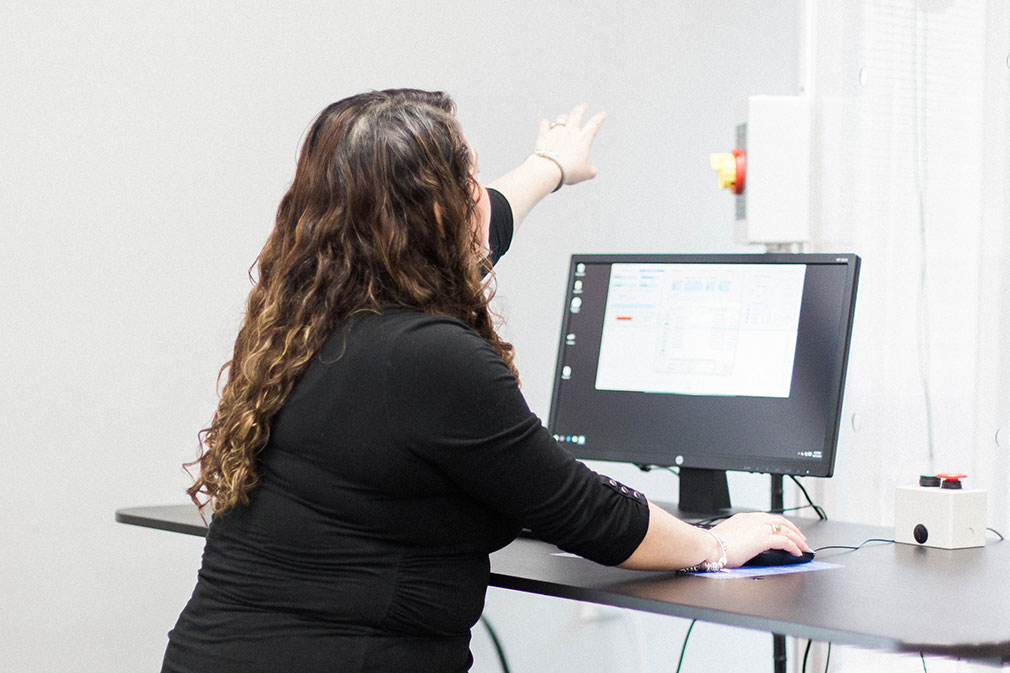Vestibular rehabilitation can reduce dizziness and improve balance after a concussion.
Alsalaheen et al. Vestibular rehabilitation for dizziness and balance disorders after concussion. JNPT. 2010;34:87-93.

Concussion is one of the most common acquired neurological conditions in children and young adults. Although commonly not seen on imaging (MRI, CT, X-Ray), concussions are injuries to the brain resulting in physical symptoms, cognitive symptoms, emotional symptoms, and/or sleep-related symptoms.
Dizziness and balance problems have been reported in up to 81% of concussion cases. While many times symptoms naturally improve within the first few weeks, 20-30% of people may still have lingering symptoms after a head injury.
Research has shown that vestibular rehabilitation improves dizziness and balance problems after a concussion. Vestibular rehabilitation consists of a variety of eye-head exercises and balance exercises aimed to reduce symptoms and improve balance, posture, and walking.
Not all vestibular exercises are the same. For example, vestibular rehabilitation may be used for inner ear disorders as well as brain injuries. It is obvious that these are two very different disorders and therefore require very different types of treatments. So despite the fact that both of these disorders will benefit from vestibular rehabilitation, it is up to the clinician to know and understand how to properly prescribe vestibular rehabilitation.
It has been consistently shown that individualized programs of vestibular rehabilitation are more effective than a generic program. Neurologic Wellness Institute utilizes specific vestibular rehabilitation with all of our concussion patients. All of our clinicians have advanced training in concussion and vestibular diagnosis and rehabilitation. Our clinic also has advanced technology found only in the premier rehabilitation centers in the world.




